In 2018, work zone crashes made up 1.9% of all crashes in the state of Michigan. These crashes resulted in an estimated 35 deaths, and 1,972 injuries. There are several things we can all do to reduce these tragedies and save lives. Read these seven tips to learn how to safely navigate through a work zone!
1. Pay Attention to Work Zone Signage
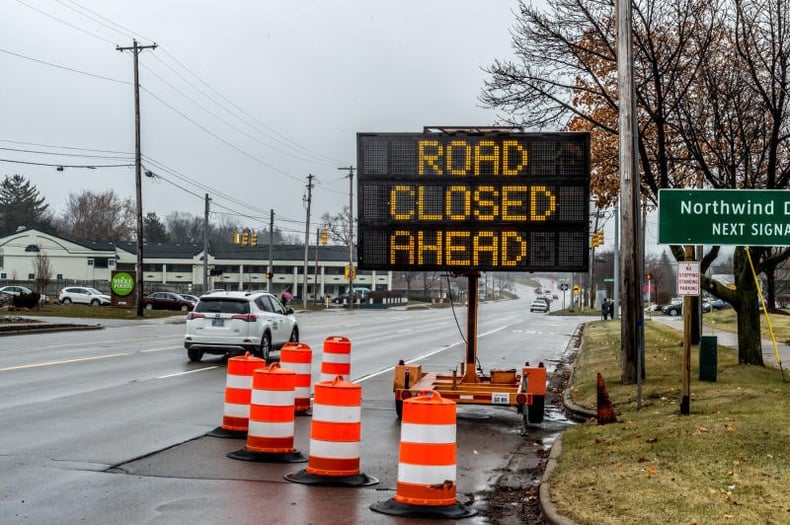
2. Obey The Posted Speed Limit
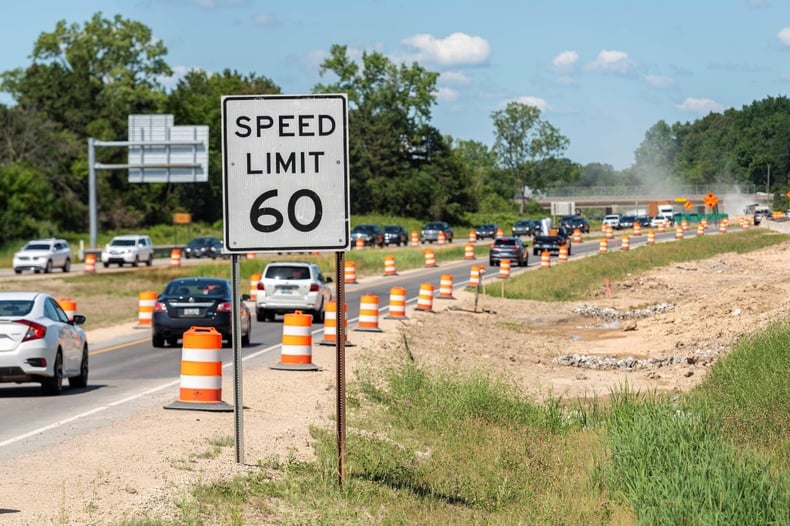
3. Look Out For and OBEY Traffic Regulators (Flaggers)
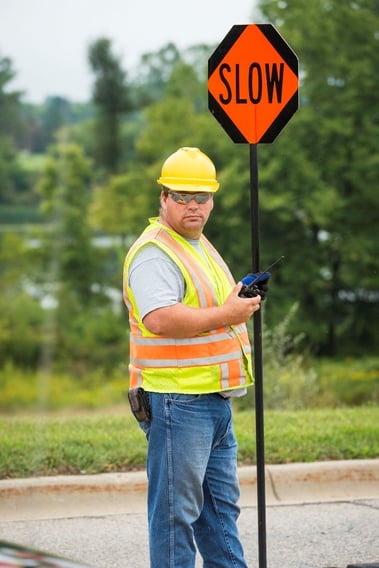
4. Understand The Two Types of Lane Departure Methods Used: Lane Shifts & Lane Merges
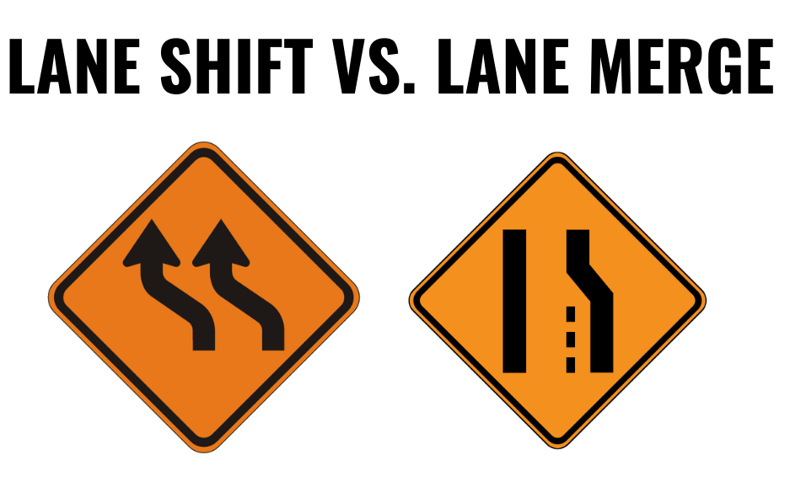
Lane Shift - A lane shift is when traffic is moved out of their lane of travel and into another lane of travel and into a different one without combining lanes. A shift doesn’t involve you moving into an already existing lane of traffic. To successfully navigate a shift, stay within the solid pavement lines. Identifiers of a shift include solid lane lines and orange, static arrow signs.
Lane Merge - A lane merge is when a lane ends and traffic must get over. Common identifiers of a merge include a flashing arrow board and the lane merge sign pictured above. To successfully merge when your lane is ending, you should maneuver out of your lane and into the other one using the "Zipper Merge" method. Photo Credit: Michigan Manual for Uniform Traffic Control Devices
5. AVOID DISTRACTIONS!!! - #itcanwait

Driving while distracted is already a risky activity. Where there is a work zone, the alignment of the traveled way can be different. Even if you’ve driven in a work zone before, the alignment can change day to day. This means one should always drive through a work zone with the alertness of driving through new areas. Keep your eyes on the road. If you look at your phone for two seconds on the freeway, you will have traveled 204 feet in that time. Photo Credit: Original Work
6. Merge Early and Stay in Your Lane
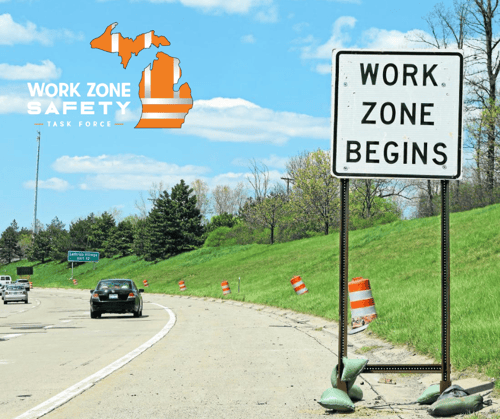
Merge before you reach a lane closure and avoid changing lanes while in a work zone. Always follow all pavement markings and only change lanes when they indicate to do so.
7. Follow at a Safe Distance
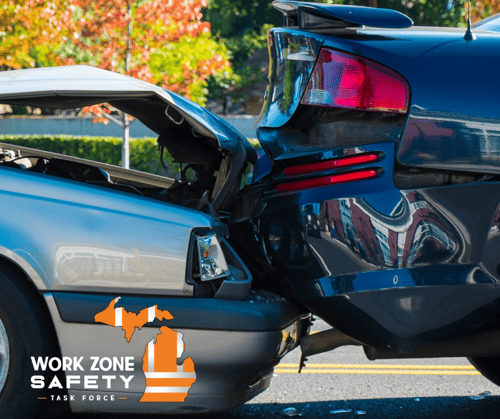
Rear-end crashes are the most common type of work zone crash. Avoid a crash by following other vehicles at a safe distance, and always watch for brake lights.
8. Check Out MIDrive
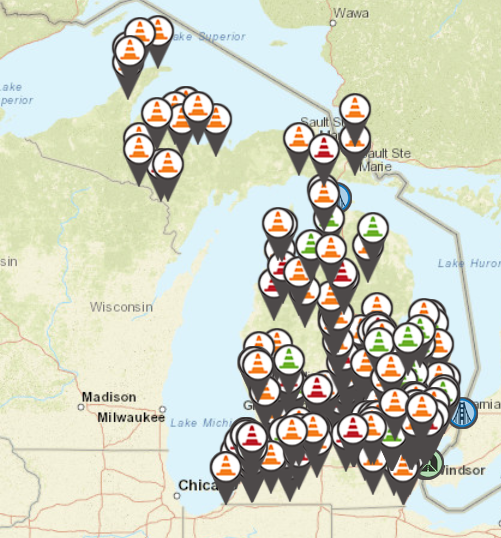
9. Take the Scenic Route (or Detour)

Avoiding congested construction areas altogether might be the best option. Sometimes, you won’t have a choice when a route is closed. Follow the detour signs to get to where you’re trying to go.
Thank you for reading our article 7 Tips for Driving Safely in Michigan Construction Work Zones. Drive safely!
Michigan Construction is a proud partner of the Michigan Work Zone Safety Task Force.
The Michigan Work Zone Safety Task Force was officially launched in October 2018 as a collaborative effort between the Michigan Department of Transportation (MDOT) and Michigan’s heavy/highway construction industry. It is the goal of the task force to reduce and eliminate work zone injuries and deaths for construction workers and motorists.
Mission: Working together, MDOT and the heavy construction industry are advancing our culture and practices to put SAFETY FIRST in Michigan’s work zones.




